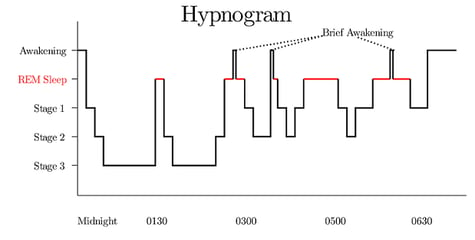 Frequently, we discuss the idea of sleep architecture in this blog.
Frequently, we discuss the idea of sleep architecture in this blog.
Let's take a closer look at what that means.
What is sleep architecture?
The term refers to the basic structure of your sleeping patterns. Sleep stages represent the different kinds of sleep you undergo (there are 4), while sleep cycles refer to the cyclical patterns of sleep that compose your sleep architecture.
Sleep stages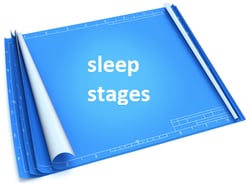
There are 2 kinds of sleep, rapid-eye movement sleep (REM) and nonREM sleep. In the nonREM category, sleep is broken down into 3 stages: 1, 2, and 3. Originally, nonREM also included a stage 4 sleep category which has since been absorbed into stage 3.
Also known as  N1 sleep, this early transitional stage usually (but not always) occurs after wakefulness and before full-on sleep. It is shallow sleep that shows a shift in consciousness and relaxation.
N1 sleep, this early transitional stage usually (but not always) occurs after wakefulness and before full-on sleep. It is shallow sleep that shows a shift in consciousness and relaxation.
When you're in stage 1 sleep, your brain issues bursts of alpha waves between stretches of relaxed brain activity. Most of us experience N1 sleep for 2 to 5 percent of total sleep time.
Also known a s N2 sleep, this stage of sleep is normally the most common stage of sleep. It is marked by a shift toward theta waves and other waveforms unique to N2 sleep.
s N2 sleep, this stage of sleep is normally the most common stage of sleep. It is marked by a shift toward theta waves and other waveforms unique to N2 sleep.
Breathing and heart rate normalize during this time, we become disengaged from our environments, and core body temperature drops. Most of us spend half our nights in stage 2 sleep.
This is refe rred to as N3 sleep, deep sleep, slow-wave sleep, or by the type of waves that represent stage 3, delta (which, as the description suggests, are slow waves). This is when the brain deeply descends into unconsciousness.
rred to as N3 sleep, deep sleep, slow-wave sleep, or by the type of waves that represent stage 3, delta (which, as the description suggests, are slow waves). This is when the brain deeply descends into unconsciousness.
During this stage, the body releases growth hormone into the bloodstream which moves into the cells to help repair damage and encourage waste products to be eliminated. Younger people enjoy more delta sleep than older people. Generally speaking, adults experience N3 sleep for 15 to 25 percent of the night.
 Rapid-eye movement sleep (REM) is the time when we dream. It's accompanied by muscular paralysis from below the chin. Ideally, we should spend about a quarter of our nights in this stage.
Rapid-eye movement sleep (REM) is the time when we dream. It's accompanied by muscular paralysis from below the chin. Ideally, we should spend about a quarter of our nights in this stage.
REM is considered "active" sleep due to the nature of eye movement and the way the brain shifts into a highly activated pattern, emitting a varied and unusual waveforms.
Sleep cycles
The process of sleeping can be described as a pattern of cycles which repeat over the course of the night. We do not just experience one round of N1, N2, N3, and REM sleep at night, which by itself composes a single normal sleep cycle. Instead, we have several of these cycles which phase in and out based on a variety of factors.
What is normal sleep architecture?
If we are healthy and getting good quality sleep, we can expect to enjoy 4 to 5 cycles of sleep a night that include all of the different stages of sleep. It is normal to enjoy more stage 2 and stage 3 sleep at the beginning of the night and more REM sleep at the second half of the night. Brief awakenings are also considered normal.
How is sleep architecture recorded?
When you have a sleep study, or hear stories from friends about the experience of having a sleep study, there is always a discussion about "the wires." These wires are connected to sensors which are applied to the scalp with conductive paste. It's a painless procedure, and the information that these strategically placed sensors captures greatly assists sleep specialists with identifying stages of sleep as they occur.
The EEG
The electroencephalogram (EEG) is t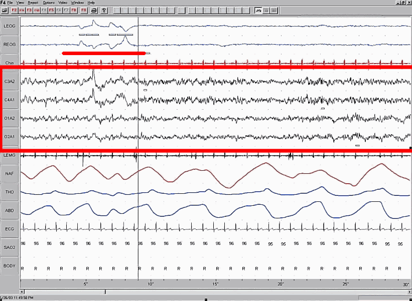 he device which records these brain waves by capturing their speed, shape, and frequency.
he device which records these brain waves by capturing their speed, shape, and frequency.
Different parts of the brain initiate different kinds of waveforms depending upon your "location" in the sleep-wake cycle.
In the picture to the right, for instance, the EEG tracings inside the red box correspond with eye movements and other data which confirm that REM sleep is taking place.
Those with healthy sleep architecture emit these different kinds of waves. Trained technologists and doctors can identify when they "stage" or "score" a sleep study. If you have an unhealthy sleep architecture, there will be different or unusual patterns, waveforms, and imbalances in staging that are identified and scored for review.
The hypnogram
At the top of this blog is a graphic report that shows one pattern of sleep cycles. This report is called a hypnogram and it gives a quick and accurate cross-section of a person's sleep architecture (in this case, normal sleep architecture). It includes all measurements of consciousness, including wakefulness.
Why is sleep architecture recorded?
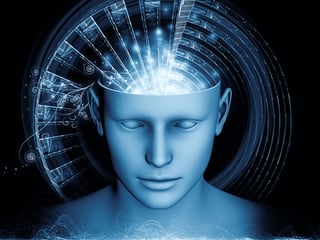 It may seem obvious, but a sleep specialist cannot diagnose any sort of sleep disorder without first proving that sleep has taken place.
It may seem obvious, but a sleep specialist cannot diagnose any sort of sleep disorder without first proving that sleep has taken place.
This is why the overnight sleep study in the sleep clinic is necessary; if some people are awake all night, then there is no way to know whether the sleep problems they encounter are related to sleep or to some other health condition.
Also, sleep architecture data is important for measuring more than just the presence of sleep cycles and stages. It reveals important details like:
-
sleep efficiency (how much actual sleep you got while in bed)
-
how long it takes for you to fall asleep (it may be faster or slower than you think)
-
whether some stages of your sleep are excessively long or absent (to isolate causes)
-
whether other kinds of intrusive waveforms may be interrupting your sleep patterns
-
how long it takes for you to achieve REM sleep (REM cycle length is also important)
-
how many times you actually wake up throughout the night (sleep fragmentation)
This information about sleep architecture, when matched with other key data which analyze heart rate, breathing patterns, movements, and behaviors, generates clarity about your sleep health for your sleep doctor, making it possible to identify previously undetected sleep disorders. If you are diagnosed with a sleep disorder, you will be fast on your way to treatment and relief as a result.
Sources
American Academy of Sleep Medicine
National Institutes of Health
SLEEP


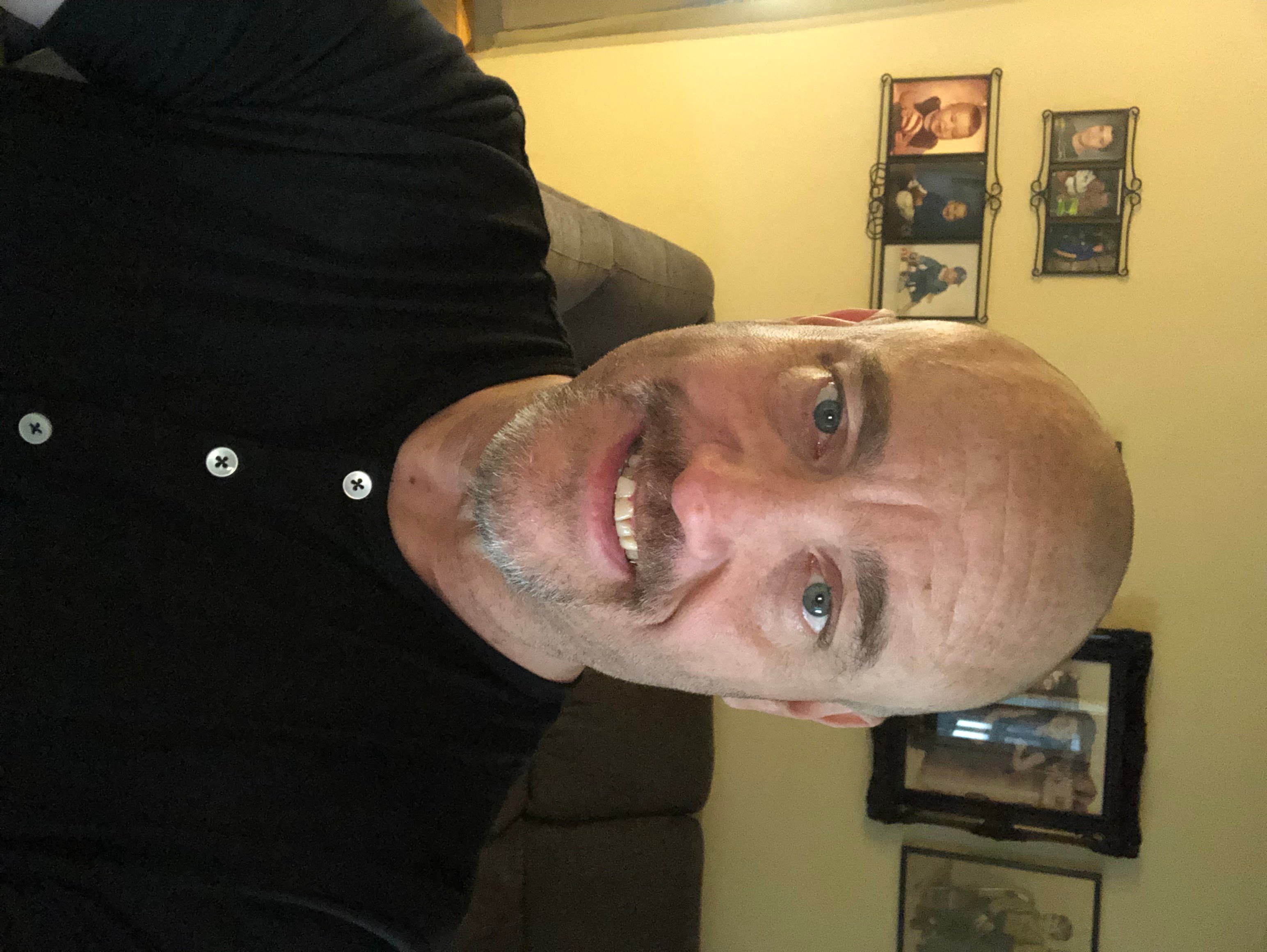










Leave a comment